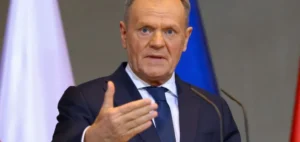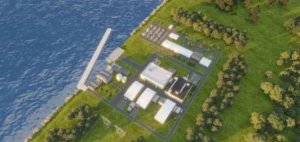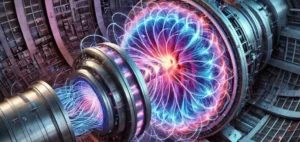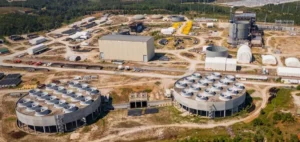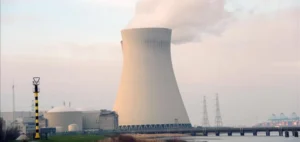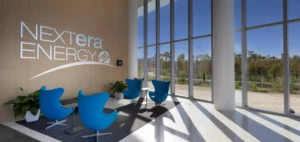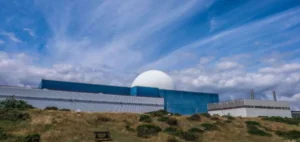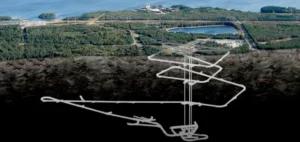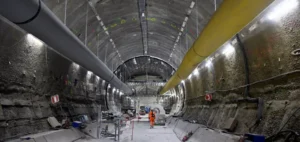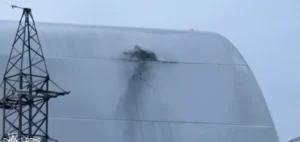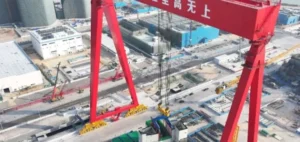The French uranium cycle specialist Orano has announced it has secured a €400 million loan from the European Investment Bank (EIB). This funding is intended to support the expansion of the Georges Besse II uranium enrichment plant, located at the Tricastin site in the Drôme and Vaucluse departments. The project aims to increase the plant’s enrichment capacity by 30% by 2028, raising its annual production to approximately 10 million separative work units (SWU).
The total investment for this expansion is estimated at €1.7 billion, with part of it covered by the EIB loan. The project includes the construction of four new enrichment modules, adding to the existing fourteen. This expansion is designed to meet growing demand for enriched uranium, particularly from countries seeking to diversify their supply sources due to current geopolitical tensions.
Geopolitical and strategic context
Russia’s invasion of Ukraine in February 2022 has highlighted the dependence of many Western countries on Russian-enriched uranium. Rosatom, the Russian state atomic energy corporation, controls approximately 45% of the global uranium enrichment market. This situation has prompted companies such as Orano to increase their production capacity to strengthen their clients’ energy independence.
The role of the EIB in nuclear financing
The EIB, regarded as the financial arm of the European Union, had not financed nuclear projects in France since 2008. The approval of this loan by a majority of its board of directors marks a significant shift, reflecting a growing recognition of nuclear energy’s role in the energy transition.
According to Ambroise Fayolle, vice-president of the EIB, this financing “contributes to European energy independence.” He also emphasised that decarbonised energy sources are essential to enabling the European Union to meet its climate neutrality targets by 2050.







